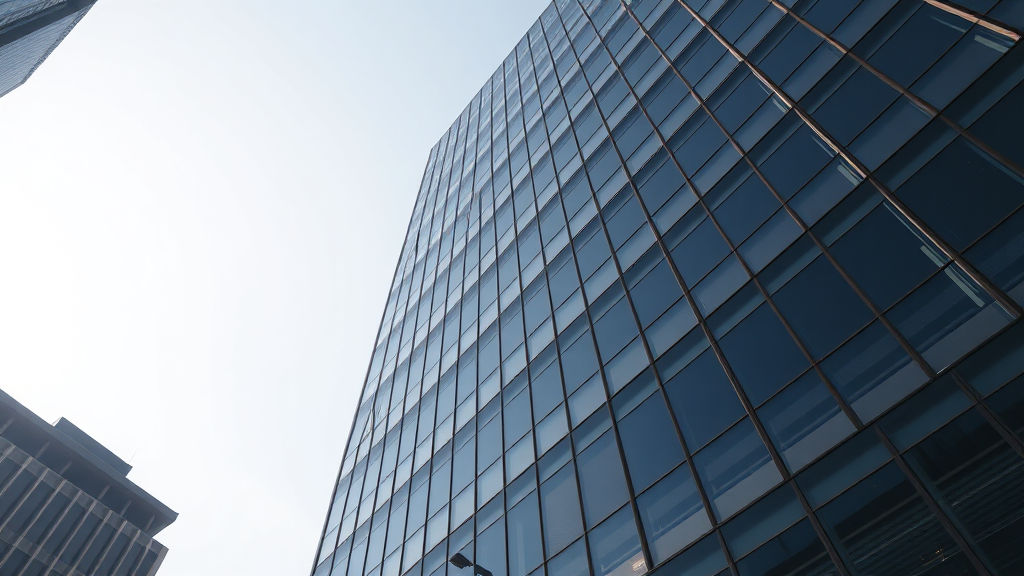What Not to Do Before Personal Bankruptcy: Key Insights
personal bankruptcy, what not to do before
Before filing for personal bankruptcy, be careful not to rack up new debt, favor friends or family with repayments, or improperly shift your assets. Keep detailed financial records and remain transparent. Explore options like consumer proposals, and remember, a Licensed Insolvency Trustee is your best guide.
Avoid Financial Missteps Before Filing
Refrain from incurring new debt such as maxing out credit cards or taking loans within 60-90 days before filing., Avoid prioritizing specific creditors by repaying friends or family, which could be reversed by trustees., Be cautious with asset disposal; improper transferring or selling can lead to transactions being voided.
Before filing for bankruptcy in Canada, one of the critical missteps to avoid is incurring new debt, such as maxing out credit cards or taking out new loans within the 60-90 days leading up to your filing. Such actions could make creditors question your intent, potentially resulting in your debts not being dischargeable. For example, if you took a cash advance on a credit card just before filing, that debt could follow you even after bankruptcy. To ensure a smoother process, it’s vital to maintain a clear financial path that does not involve additional borrowing that could raise red flags with your creditors or trustee.
Another pitfall to watch for is prioritizing payments to specific creditors, like friends or family, before filing for bankruptcy. This is known as making “preferential payments,” which can be reversed by the trustee if they believe it unfairly disadvantages other creditors. For instance, if you repay a family member and then file for bankruptcy shortly after, the trustee could demand that money be returned to the estate. Additionally, avoid disposing of assets improperly, like selling your car or transferring money to avoid creditor claims. These transactions can be voided by the trustee within certain time frames and may lead to serious legal repercussions. Always aim for transparency, and consult with a Licensed Insolvency Trustee to navigate these tricky waters effectively.

Article: what-not-to-do-before-personal-bankruptcy
Ensure Transparency and Compliance
Do not withhold financial disclosures; report all income, expenses, assets, and liabilities accurately., Seek guidance from a Licensed Insolvency Trustee to understand procedural requirements and alternatives., Understand cost implications, including trustee fees, surplus income payments, and asset exemptions.
In Canada, it’s essential to ensure transparency and compliance when dealing with financial difficulties. Always report your income, expenses, assets, and liabilities accurately. If you’re in a tough spot, getting help from a Licensed Insolvency Trustee (LIT) can clarify what you need to do and what options you may have. For example, if you’re considering bankruptcy, the trustee will guide you through the processes and highlight alternatives like consumer proposals, which might be a better fit for your situation.
Understanding the costs involved is just as critical. Trustee fees can range from $1,500 and up, and you may also need to pay surplus income payments based on your earnings. Plus, there are asset exemptions to understand to protect what you own. It’s better to address these financial implications beforehand rather than facing surprises later. Always ensure you’ve got your financial ducks in a row—after all, being proactive can save you a lot of stress down the road!
Explore Alternatives and Manage Post-Filing Actions
Investigate alternatives like debt management plans or consumer proposals before declaring bankruptcy., Post-filing, avoid spending or transferring assets to prevent legal challenges for suspected manipulation., Be aware that misconduct or asset concealment can invalidate the bankruptcy discharge.
Many Canadians facing financial difficulties consider bankruptcy as a quick fix. However, before taking that leap, it’s essential to explore alternatives like debt management plans (DMPs) and consumer proposals. These options can offer a more manageable way to tackle debt while protecting your assets. Remember, declaring bankruptcy should be a last resort. For example, with a DMP, you arrange a single monthly payment that pays off your debts over time, often resulting in lower interest rates and a more structured repayment plan.
Once you file for bankruptcy, you must tread carefully to avoid legal issues. It’s vital not to spend money or transfer assets that could be seen as an attempt to manipulate your financial situation. Engaging in misconduct or attempting to hide assets may result in your bankruptcy discharge being denied. Always remember that transparency is crucial in this process, so keeping everything above board is essential for a smoother path to financial recovery.

Avoid these mistakes before personal bankruptcy filing.
References
| Title, Source |
|---|
| Key Considerations Before Declaring Bankruptcy, Financial Expert Network |
| Bankruptcy and Insolvency Law in Canada, Canadian Legal Insights |
| The Role of Trustees in Bankruptcy Filings, Trustee Advisory Council |
| Common Mistakes in Bankruptcy Proceedings, National Insolvency Service |
| Understanding Bankruptcy Costs and Processes, Financial Planning Canada |
This table lists background sites and reference sources for the page information.
Eliminate up to 80% of Your Debt
High cost of gas, high cost of groceries, high lending rates, low salary - being in debt is not your fault! See if you qualify for government debt programs and get out of debt today!